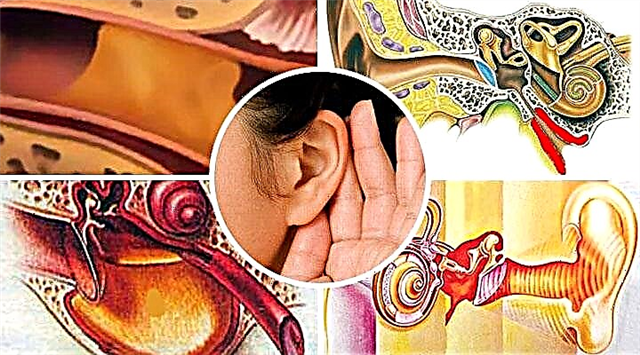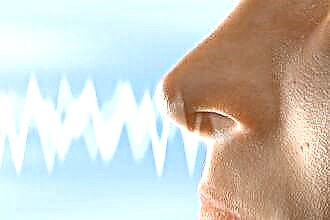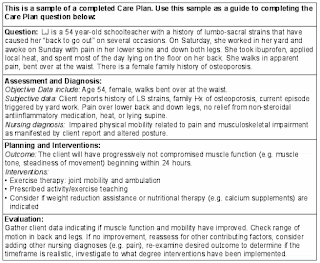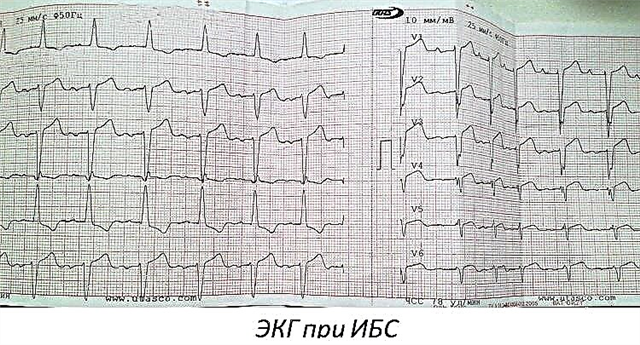Exudative otitis media (EMI) is a non-suppurative ENT disease characterized by the accumulation of fluid (serous exudate) in the tympanic cavity. The clinical manifestations of the disease are poorly expressed, due to the absence of pathological flora in the affected tissues and perforations in the tympanic membrane. Serous exudate contains a lot of protein in its composition, therefore, over time, its consistency becomes thicker, which complicates the evacuation of fluid from the ear cavity.
A distinctive feature of middle ear catarrh is painless course. In 70% of cases, patients turn to an otolaryngologist for the development of infectious and inflammatory processes in the mucous membranes of the mastoid process and tympanic cavity, which are accompanied by “shooting” pains and perforation of the ear membrane.
Etiology

There are many reasons for the development of sedative otitis media, which are conventionally divided into two categories: local and general. The former include dysfunction of the Eustachian tube resulting from its mechanical damage or hypertrophy of the pharyngeal tonsils. As a result, the drainage and ventilation functions of the tube are impaired, which leads to the appearance of negative pressure in the ear cavity and, accordingly, the formation of an excess amount of serous contents in the middle ear.
Common causes of serous otitis media include:
- infectious diseases;
- endocrine disorders;
- decrease in the reactivity of the body;
- eustachitis and adenoiditis;
- allergic reactions.
In 30% of cases, the development of ENT pathology in children is facilitated by adenovirus infection, which affects the nasopharyngeal mucosa and the mouth of the Eustachian tube.
Pathogenesis
The development of pathology is caused by impaired ventilation of the ear cavity, which leads to the appearance of a low vacuum in it. Negative pressure stimulates the activity of the goblet cells located in the ear mucosa. This leads to hypersecretion of serous exudate, which becomes sticky over time due to the increased protein content.
In the mechanism of development of exudative otitis media, a key role is played by poor emptying of the ear cavity, which is associated with obstruction of the Eustachian tube. Its blockage can be caused by obstruction of the mouth with adenoid vegetations, the formation of benign or malignant tumors in the nasopharynx, hyperplasia of the tubal tonsil, or allergic tissue edema.
In rare cases, middle ear catarrh occurs due to a decrease in the turgor of the tissues lining the inner surface of the Eustachian tube. Their inelasticity leads to a narrowing of the tube diameter, which is fraught with the formation of low pressure in the ear cavity.
Stages and forms of otitis media
Late treatment of acute non-infectious inflammation causes the development of chronic exudative otitis media. Ear pathology is almost asymptomatic, due to the absence of local manifestations of the disease. Depending on the place of localization of the foci of inflammation, otitis media is divided into two types:
- unilateral - unilateral non-infectious inflammation of only the right or only the left ear;
- bilateral - catarrhal inflammation in both ears.
According to statistics, left-sided or right-sided exudative otitis media develops only in 10% of cases. Often, inflammation occurs in both ears at once.
If you do not undergo treatment in a timely manner, exudative otitis media can turn into diffuse, which entails the development of sound-conducting (conductive) hearing loss.
In the process of development, the disease goes through several main stages, namely:
- initial - inflammation in the Eustachian tube, which contributes to the development of drainage and ventilation dysfunction. The patient experiences a slight decrease in hearing and resonance of the voice in the head (autophony);
- secretory - the accumulation of serous effusion in the ear cavity, provoked by a violation of the outflow of fluid due to obstruction of the auditory tube. As a rule, patients complain of increasing congestion in the ears, as well as significant hearing impairment;
- mucous - the process of increasing the viscosity of the liquid secretion, the manifestation of which is the increasing hearing loss. At this stage of development of bilateral exudative otitis media, the feeling of constant transfusion of liquid secretion in the ear passes;
- degenerative - trophic changes in the tissues of the tympanic membrane and mucous membranes of the middle ear, which lead to hearing loss and the development of an adhesive form of the disease.

Diagnosis of the disease is often random, therefore the appearance of the slightest signs of pathology (congestion, autophony, hearing loss) is the reason for being examined by an otolaryngologist.
Diagnostics
To diagnose ear pathology, an audiological examination is carried out, due to which the type of violations in the transmission of sound signals by the auditory ossicles is determined. With a recurrent course of the disease, computed tomography is mandatory, which makes it possible to determine the level of accumulation of serous effusions in the ear. During a medical examination, a specialist performs the following types of procedures:
- otomicroscopy - examination of the ear cavity using a microscope to determine the degree of retraction of the smart membrane into the middle ear cavity;
- audiometry - a method for determining the sound sensitivity of the hearing aid to waves of different lengths (frequencies);
- acoustic reflexes - a way to determine the degree of resistance of ear structures to very loud sounds;
- endoscopy - assessment of the visual state of the pharyngeal opening of the Eustachian tube;
- tympanometry - determination of the level of mobility of the ear membrane and auditory ossicles.
If bilateral exudative otitis media is diagnosed in time and adequate treatment is prescribed, pathological processes in the ear cavity can be eliminated within 10-12 days. Ignoring the problem leads to persistent hearing loss, which is caused by the appearance of adhesions on the ossicles and ear membrane.
Basic principles of treatment
 The tactics of treatment of ENT disease is determined by the stage of development of inflammatory processes and the presence of morphological changes in the affected tissues. Non-started forms of ear pathology are amenable to drug treatment. To eliminate the edema of the mucous membranes and restore the ventilation function of the Eustachian tube, decongestants and mucolytic drugs are used. The former relieve swelling, and the latter dilute the effusion in the ear, which facilitates their evacuation.
The tactics of treatment of ENT disease is determined by the stage of development of inflammatory processes and the presence of morphological changes in the affected tissues. Non-started forms of ear pathology are amenable to drug treatment. To eliminate the edema of the mucous membranes and restore the ventilation function of the Eustachian tube, decongestants and mucolytic drugs are used. The former relieve swelling, and the latter dilute the effusion in the ear, which facilitates their evacuation.
In the case of a bacterial or fungal infection, middle ear catarrh is treated with antibiotics and antifungal agents of the penicillin and cephalosporin series. They stop inflammation and inhibit the synthesis of cellular structures of pathogens, which leads to a decrease in their number.
With the ineffectiveness of drug treatment, physiotherapy procedures are prescribed. Most of them are aimed at improving tissue trophism and accelerating the processes of their regeneration. This helps to eliminate inflammatory processes and, accordingly, to increase the inner diameter of the Eustachian tube.
Surgical treatment of bilateral exudative otitis media is prescribed only when purulent-destructive changes occur in the tissues of the mucous epithelium.Puncture of the ear membrane with subsequent suction of purulent contents helps to eliminate inflammation and further spread of lesions into the inner ear.
Surgery is fraught with the formation of adhesions in the ear, which affects hearing acuity. Therefore, surgical intervention is resorted to only in extreme cases.
Features of pharmacotherapy
In more than 50% of cases, non-purulent inflammation of the middle ear is aseptic in nature, therefore, when using pharmacotherapy, it is not always advisable to use antibiotics. In the absence of pathogenic bacteria in the serous exudate, their use will lead to a decrease in local immunity. But if the disease has developed as a complication of a general infection, fungus or bacteria are usually found in the effusions.
To relieve the symptoms of pathology and eliminate inflammatory processes, the following types of pharmaceuticals are used:
- multivitamins ("Centrum", "Biovital") - accelerate cellular metabolism, which contributes to the epithelialization of the affected mucous membranes;
- mucolytics ("Acestin", "Reflegmin") - dilute the viscous exudate in the ear, which contributes to its evacuation;
 antihistamines (Loratodin, Erius) - relieve swelling, thereby restoring normal pressure in the ear cavity;
antihistamines (Loratodin, Erius) - relieve swelling, thereby restoring normal pressure in the ear cavity;- biostimulants ("Asparkam", "Befungin") - increase general and local immunity, which prevents the development of pathogens;
- NSAIDs ("Indoprofen", "Oxaprozin") - stop inflammation, which leads to the elimination of edema of the mucous membrane of the Eustachian tube;
- antibiotics ("Augmentin", "Baktistatin") - inhibit the activity of pathogenic bacteria, thereby eliminating the manifestations of general intoxication of the body.
The drug treatment regimen for non-suppurative otitis media should be determined only by a specialist after an appropriate examination. Self-medication or unreasonable discontinuation of therapy can lead to the development of complications.


 antihistamines (Loratodin, Erius) - relieve swelling, thereby restoring normal pressure in the ear cavity;
antihistamines (Loratodin, Erius) - relieve swelling, thereby restoring normal pressure in the ear cavity;

